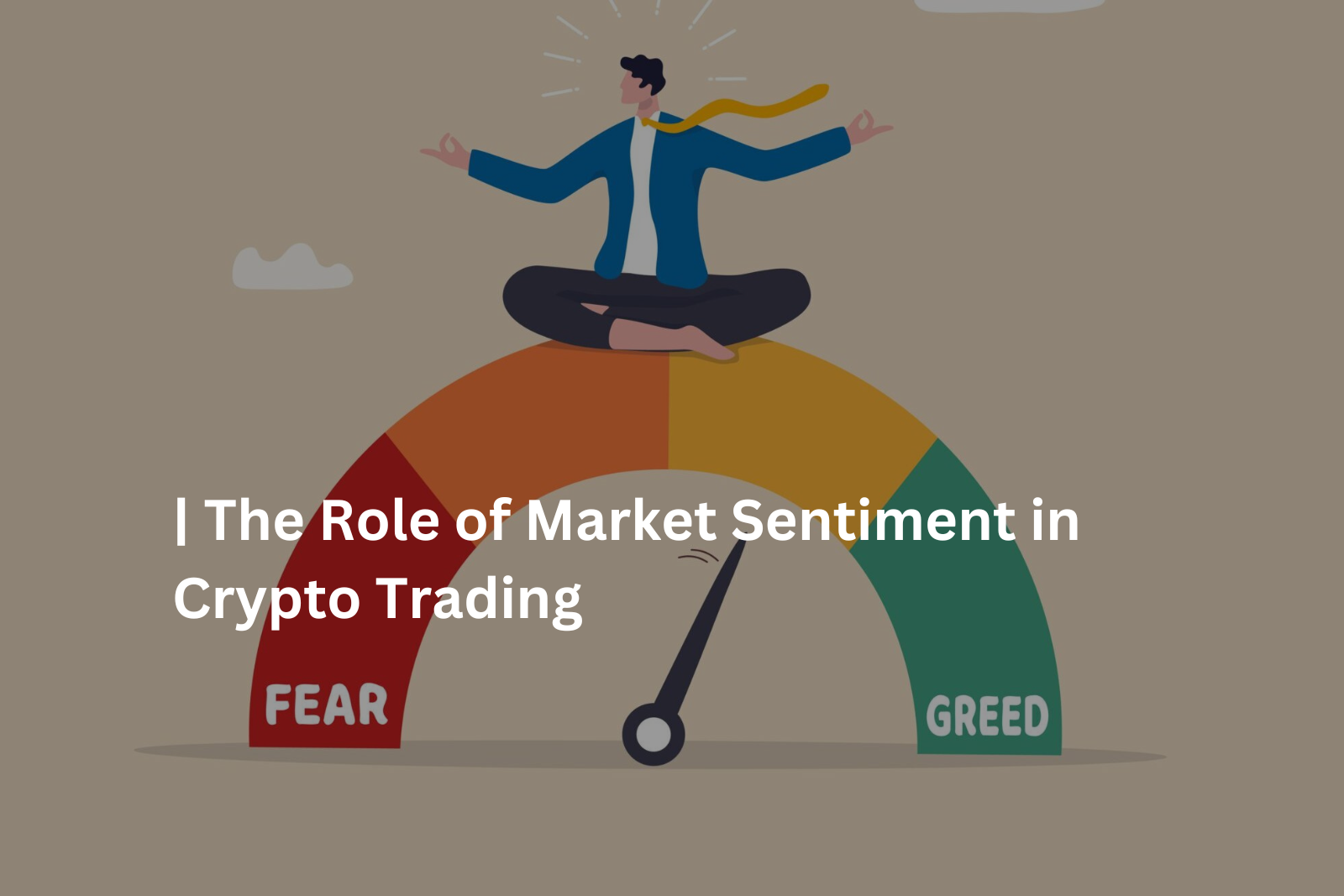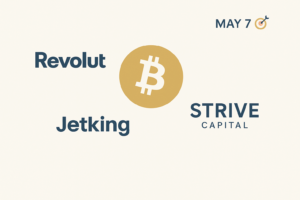
Market Sentiment in crypto trading is a critical factor in crypto trading, significantly influencing price movements, market volatility, and overall trading trends. Unlike traditional financial markets, where price changes are often based on fundamental economic indicators and institutional strategies, cryptocurrency is highly susceptible to investor emotions, media coverage, and social media trends.
The decentralized nature of cryptocurrencies and the absence of regulatory oversight in many regions make them particularly vulnerable to rapid sentiment-driven fluctuations.
One of the primary reasons the Role of Market Sentiment in Crypto Trading is so pivotal is the speculative nature of digital assets. Unlike stocks or commodities, which have intrinsic value tied to company performance or tangible resources, cryptocurrencies derive much of their worth from perception, adoption rates, and technological advancements.
What is Market Sentiment in crypto trading?
Market sentiment in crypto trading refers to the overall attitude and emotional state of traders and investors regarding a particular asset or the market as a whole. In cryptocurrency trading, market sentiment can be bullish (optimistic) or bearish (pessimistic), affecting demand, supply, and price movements. It is driven by factors such as news events, government regulations, macroeconomic indicators, and social media discussions.
The Impact of Market Sentiment on Crypto Prices
Cryptocurrency prices are influenced by the collective psychology of traders. Here’s how market sentiment affects crypto trading:
- Bullish Sentiment: When the market is optimistic, prices tend to rise as more traders buy assets, expecting higher returns. Positive news, such as institutional adoption, regulatory approvals, or technological advancements, can fuel bullish sentiment.
- Bearish Sentiment: When investors are pessimistic, selling pressure increases, leading to a decline in prices. Negative news, such as government crackdowns, security breaches, or economic downturns, can trigger bearish sentiment.
- FOMO (Fear of Missing Out): Many traders buy cryptocurrencies impulsively when they see rapid price increases, hoping to capitalize on the trend. This often results in unsustainable price spikes.
- FUD (Fear, Uncertainty, and Doubt): Misinformation or negative news can cause panic selling, leading to market downturns. FUD is often spread through social media and can cause short-term volatility.
How to Analyze Market Sentiment in Crypto Trading
1. Social Media & News Analysis
Crypto traders often monitor platforms like Twitter, Reddit, and Telegram for real-time updates on market trends. Tools like LunarCrush and Santiment help analyze social media sentiment by aggregating data from multiple sources.
2. Crypto Fear & Greed Index
The Crypto Fear & Greed Index is a widely used tool that quantifies market sentiment on a scale from extreme fear to extreme greed. High greed levels indicate overbought conditions, while extreme fear suggests potential buying opportunities.
3. On-Chain Data Analysis
Blockchain analytics tools like Glassnode and IntoTheBlock provide insights into transaction volumes, wallet activity, and holding patterns. These metrics help traders assess market sentiment based on on-chain movements.
4. Technical Analysis Indicators
- Relative Strength Index (RSI): Measures overbought or oversold conditions based on recent price movements.
- Moving Averages: Help identify trends based on historical price data.
- Volume Analysis: Determines whether a price movement is backed by strong trading activity.
Strategies to Trade Based on Market Sentiment
1. Sentiment-Based Trading
Traders use sentiment indicators to determine entry and exit points. For example, when the market sentiment is overly bullish, it may indicate a potential correction, prompting traders to sell or short positions.
2. Contrarian Trading
Contrarian traders go against the prevailing sentiment, buying when fear is high and selling when greed dominates. This approach requires patience and a strong understanding of market cycles.
3. News Trading
Reacting quickly to breaking news can be profitable in crypto trading. However, it’s essential to verify sources and avoid making impulsive decisions based on rumors.
Role of Institutional Investors in Market Sentiment
Institutional investors, such as hedge funds and corporations, have a significant influence on market sentiment. When institutions buy Bitcoin or Ethereum, it signals confidence in the market, driving bullish sentiment. Conversely, institutional sell-offs can trigger panic among retail investors.
Overall Overview
Market sentiment is a powerful force in crypto trading, driving price movements and market trends. By analyzing sentiment indicators, social media discussions, and technical signals, traders can make informed decisions and minimize risks. Understanding and leveraging market sentiment effectively can be a game-changer in the highly volatile world of cryptocurrency trading.











